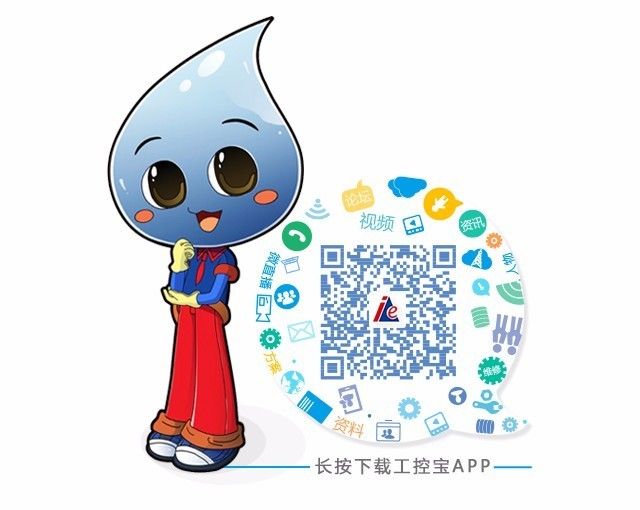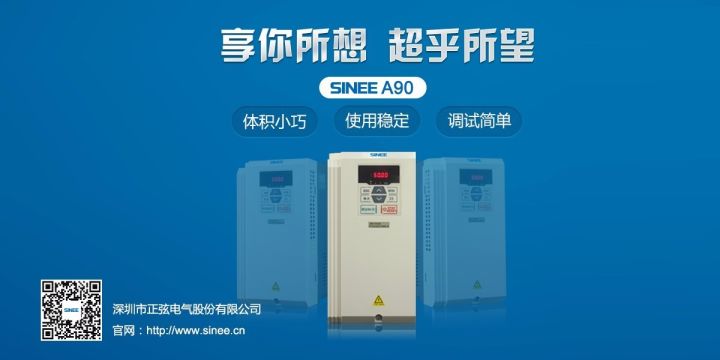
439,537 devices connected, data updated every 10 seconds, with data sourced from various categories of construction machinery, new energy vehicles, agricultural machinery, military equipment, transport vehicles, sanitation vehicles, and nearly 6,000 working parameters. Approximately 200 million data entries are received daily, accumulating nearly 1PB of data…
On October 23, 2017, at 14:15, the industrial control editor visited Jiangsu Xugong Information Technology Co., Ltd. (referred to as “Xugong Information”) to see its industrial IoT big data platform and real-time device data information.
Xugong Information is a mixed-ownership national high-tech enterprise officially registered on July 1, 2014.
The current general manager of Jiangsu Xugong Information Technology Co., Ltd., Zhang Qiliang, has been with Xugong Group since graduating from university in 2001, witnessing the development of Xugong Group’s informatization from scratch, and now continues to lead Xugong Information in pioneering exploration and practice of industrial internet technology and solutions.
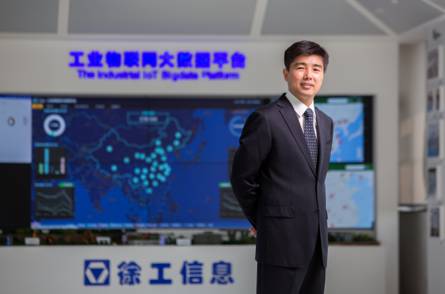
(Zhang Qiliang, General Manager of Jiangsu Xugong Information Technology Co., Ltd.)
Turning the clock back to 2012, the Chinese manufacturing sector had not yet embraced the buzzwords of “Industry 4.0”, “Made in China 2025”, “Internet+”, and “IoT”. Xugong Group had already begun its practical exploration and practice of intelligent manufacturing—preparing to build an industrial IoT big data platform.
“The debt collection” that led to the industrial IoT big data platform
Why did they deploy the industrial IoT big data platform so early?
“Out of necessity.” Zhang Qiliang’s four words reveal some helplessness in the development of construction machinery manufacturers.
Due to tight funds among downstream customers, construction machinery in China is often sold through mortgage loans, leading to massive accounts receivable and delayed payments from downstream customers citing reasons like “equipment resale” and “no work, no money”.
“We need to control risks and utilize IoT technology to locate every piece of machinery sold by Xugong and understand the operational status of the equipment,” Zhang Qiliang said. From an idea to the realization of a dream, Xugong Information went through four key stages: the first stage is expert and talent reserve, which is fundamental; the second stage product R&D, where understanding the construction machinery industry, product positioning, market acceptance, and formulating R&D direction and plans are essential; the third stage local application verification, testing, and industrial assessment of the product; the fourth stage involves widespread promotion and application.
After several years of accumulation, Xugong Information successfully developed a series of “black box” products, including SRC terminals, LRC terminals, ERC terminals, BRC terminals, and ultra-long standby terminals, equipping each piece of Xugong construction machinery with a “black box” to accurately transmit collected vehicle working parameters to Xugong Information’s industrial IoT big data platform.
Among them, the SRC and LRC terminals have the ability to lock and unlock the vehicle through the controller using the CAN bus protocol, which can urge customers to repay on time.
Zhang Qiliang illustrated that a truck crane can normally lift 100 tons. If a customer defaults on the first installment, the lifting capacity is reduced to 80 tons; on the second default, it drops to 50 tons; and on the third default, it can only lift 20 tons.
Thus, the common issue of loan defaults in the construction machinery industry has been significantly curbed.
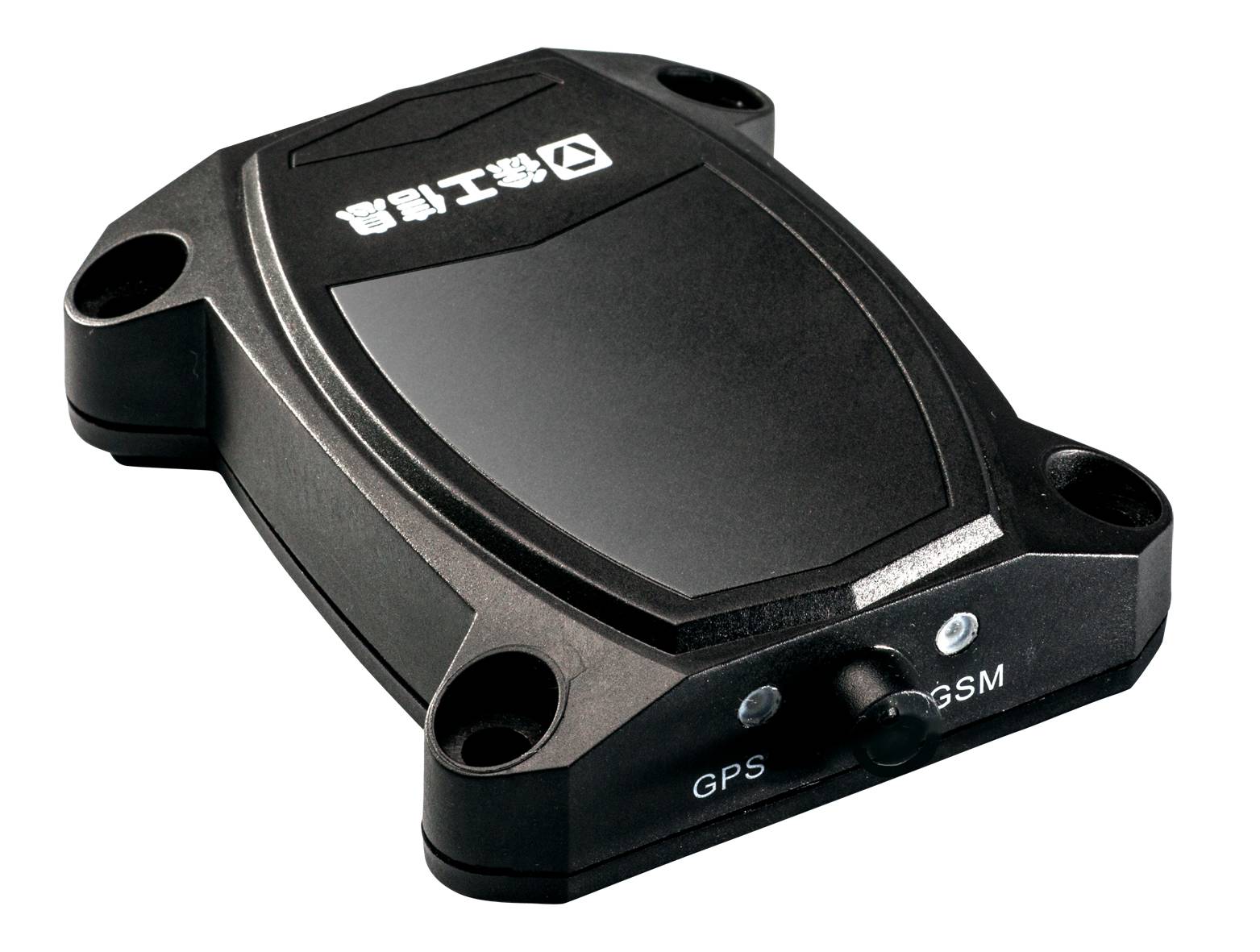
(IoT hardware series product SRC)
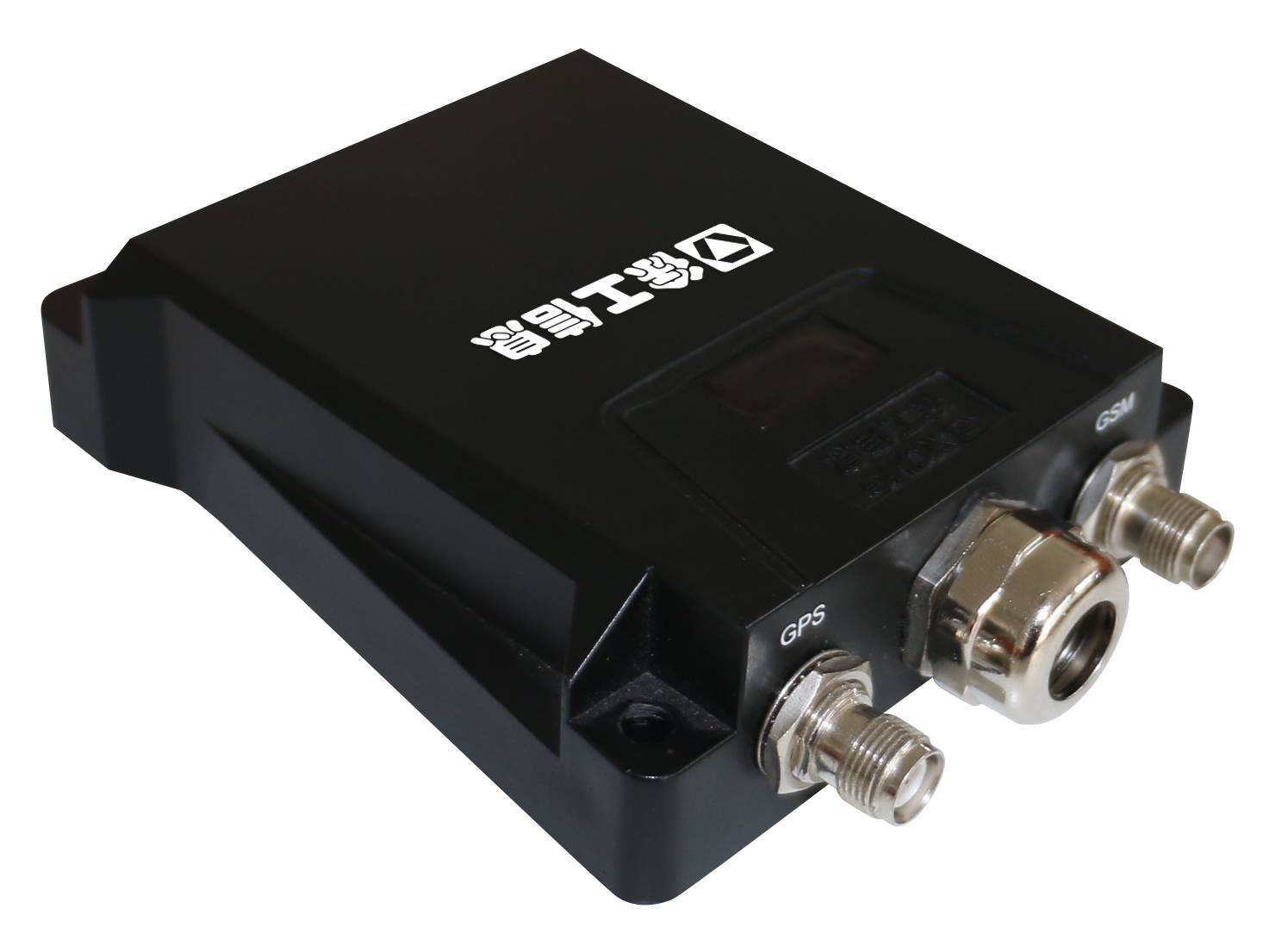
(IoT hardware series product LRC)
Three “data portraits” to uncover the value behind big data
In the exhibition hall of Xugong Information’s industrial IoT big data platform, the industrial control editor saw that 439,537 mechanical devices are currently online.
Relying on its powerful IoT connectivity and integration capabilities, the platform can connect various types of devices such as construction machinery, agricultural machinery, and new energy vehicles, making it a truly ubiquitous access platform.
By selecting Nanjing City, Jiangsu Province, and randomly clicking on a mechanical vehicle in the Dafang Village of Qiaolin Street, Pukou District, one can see its mechanical overview, trajectory playback, current working conditions, and work calendar information.
Specifically checking the working condition information, the current speed, water temperature, oil pressure, torque percentage, and other data are clear at a glance.
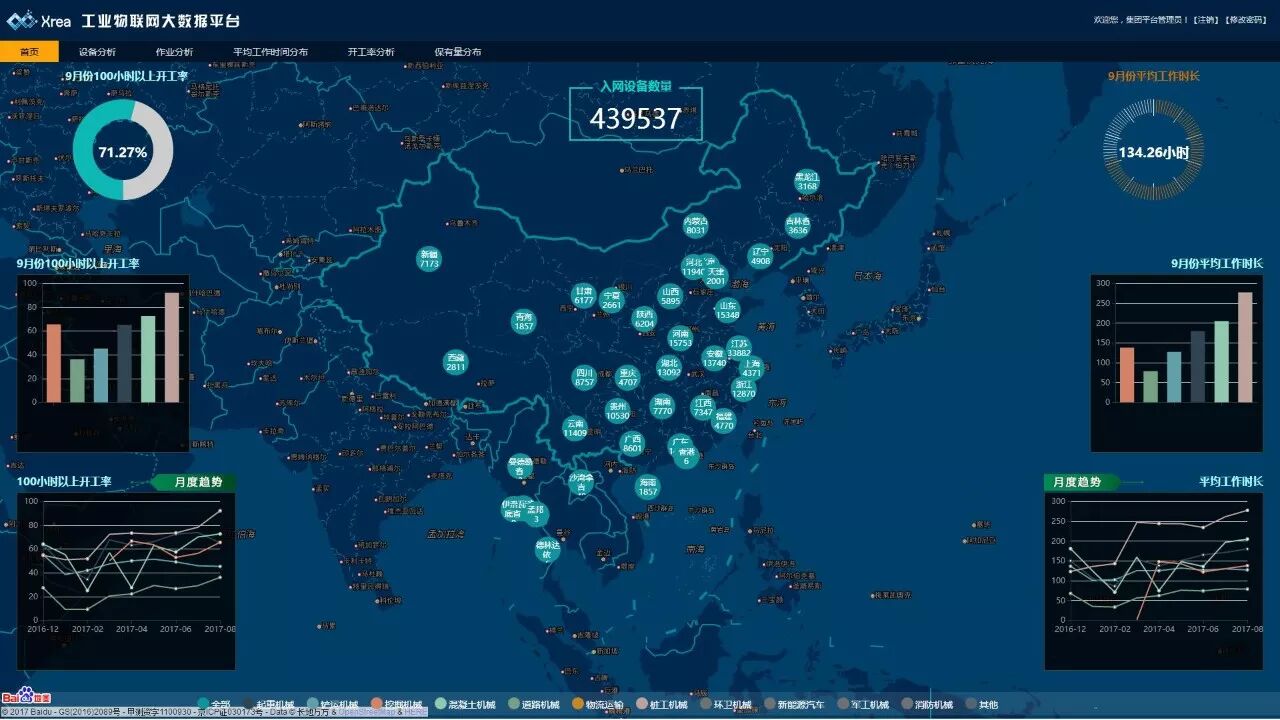
(Xugong Information’s industrial IoT big data platform)
In addition to the “visible” information, the industrial IoT big data platform also possesses various hidden capabilities.
The platform adopts a distributed architecture, integrating hundreds or thousands of servers to build a “supercomputer”, achieving storage and rapid querying of hundreds of billions of data and concurrent processing of millions of data.
The average working hours of 439,537 mechanical devices in September, monthly trends of average working hours, working rates above 100 hours in September, and monthly trends of working rates above 100 hours are displayed in a single intelligent chart. Through this data, one can analyze the construction rates across provinces and cities (Xugong machinery), operational hotspots (Xugong machinery), GDP forecasts for various provinces and cities, and purchasing power forecasts.
National leaders are highly concerned about the statistical reports generated regularly on Xugong Information’s industrial IoT big data platform.
“Through the (industrial IoT big data) platform, we have constructed three portraits using data,” Zhang Qiliang said. The first is the portrait of the equipment itself, understanding the current status of the equipment and predicting when maintenance or repairs are needed; the second is the user portrait, detailing the gender, age, and preferences of users of Xugong machinery; the third is the enterprise portrait, reflecting the operational status of the purchasing enterprises, equipment idle rates/utilization rates, etc.
Regarding the value manifestation of the industrial IoT big data platform, Zhang Qiliang commented: “Based on cloud computing and distributed data storage, the platform maximizes the integrity and efficient usability of data information; at the same time, the platform can provide customers with asset operation management IoP, resource management IoT, and service management IoS in conjunction with industrial control speed dispatch, thereby reducing ineffective labor of service personnel; Xugong’s service has transformed from passive to proactive, beginning to offer lifelong service covering the entire product lifecycle; the platform’s re-mining and value utilization of data will provide value-added services to the national economy on a larger scale.”
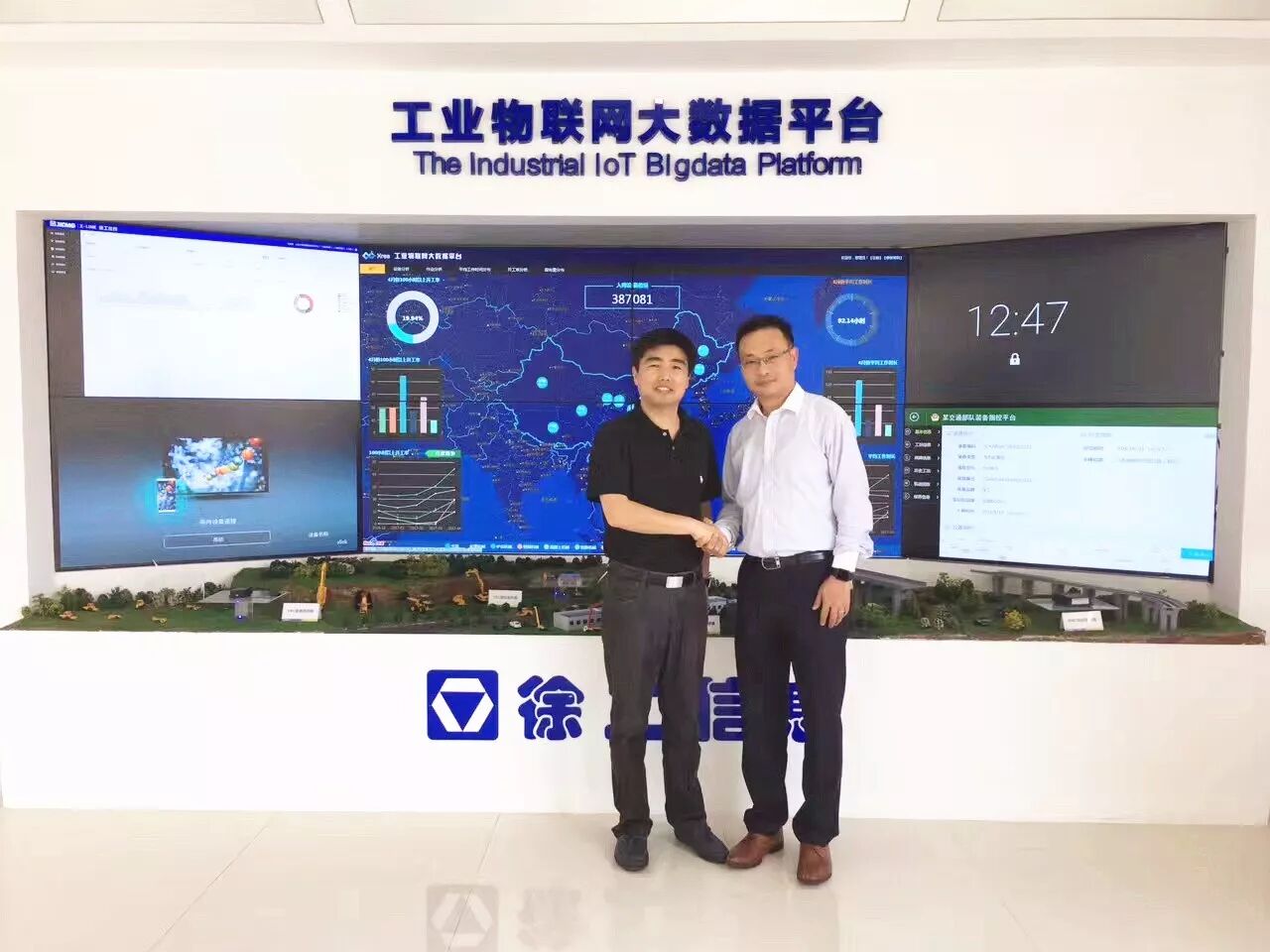
(Zhang Qiliang, General Manager of Jiangsu Xugong Information Technology Co., Ltd. [left] with Li Xiaoyong, Chairman and CEO of gongkong®)
The “adaptive” upgrade path of China’s smart manufacturing
In the practice of smart manufacturing in China, Xugong Information has taken the lead. Zhang Qiliang has a deeper understanding of how Chinese construction machinery enterprises can effectively upgrade intelligently.
“Chinese construction machinery enterprises must first learn and catch up, clarifying the connotations and requirements of each stage from Industry 1.0 to Industry 4.0.” Zhang Qiliang stated that according to Xugong Information’s survey sample analysis, many Chinese manufacturing enterprises are still at the Industry 2.0 or Industry 3.0 stage, with most enterprises still having “information islands” that have not been connected. Manufacturing enterprises must learn and catch up to Industry 3.0 before they can leap to Industry 4.0.
Secondly, after clearly understanding the connotations and requirements of Industry 4.0, enterprises need to benchmark, sort, and analyze their current development status against the requirements of Industry 4.0, rather than blindly pursuing smart manufacturing. They should clarify their direction of effort and the key links for implementing intelligent upgrades.
Thirdly, recognize several misconceptions.
Misconception 1: Implementing smart manufacturing and Industry 4.0 means replacing humans with machines, or doing automation well. Industry 4.0 advocates a humanistic 4.0, where any equipment must be able to connect intelligently, communicate intelligently, self-learn, and self-repair, achieving personalized and flexible intelligent production.
Misconception 2: Many believe that Industry 4.0 is solely about manufacturing (intelligent production lines). Smart manufacturing must first address R&D issues, making products digital before digitizing manufacturing.
Misconception 3: Enterprises implement smart manufacturing to chase trends or obtain government subsidies. This is a fundamental misunderstanding. The mindset shift of the enterprise leader is crucial; they need to focus on solid industrial work.
“The informatization implementation path of Xugong Group can be replicated, but replicating it takes time, and time waits for no one, nor do opportunities,” Zhang Qiliang said. Xugong Information has been committed to building the industrial IoT big data platform into an open and shared platform, which has highly flexible IoT data interfaces that can fully integrate with the systems currently used by customers and can also jointly develop various types of applications tailored for customers with partners.
Additionally, it ensures security across communication links, networks, data storage, and user access.
Xugong Information has customized a “terminal + pipe + cloud” new energy vehicle management platform for customers, providing services such as registration, production debugging, remote fault diagnosis, after-sales service, market strategy, precise marketing, risk warning, and risk control, which is currently performing well.
“In the future, based on the industrial IoT big data platform, we will lower the threshold for terminal access, allowing various types of terminals and sensors to connect to this platform, while simplifying the development difficulty of upper-layer applications, co-building the IoT platform ecosystem with developers,” Zhang Qiliang said. Based on connectivity and data, Xugong Information aims to conduct deep mining and analysis of big data to generate more value. Based on applications, it will extend services more from internal to external, providing services for other industries related to people’s livelihoods, such as logistics vehicles, central air conditioning, vending machines, and refrigerators.
“Through the IoT, Xugong Information connects reliable people and reliable matters, providing customers with the most advanced products, the most stable products, the most reliable products, and the most grounded products,” Zhang Qiliang stated, adhering to “empowering industry and coexisting with partners”. Xugong Information is committed to helping partners achieve the transformation from manufacturing enterprises to service-oriented enterprises, promoting the shift from Chinese manufacturing to Chinese creation.
Finished reading? Come and share your thoughts!
gongkong® 2017 Industrial Expo Strong Preview is coming! Click quickly, don’t blink!
